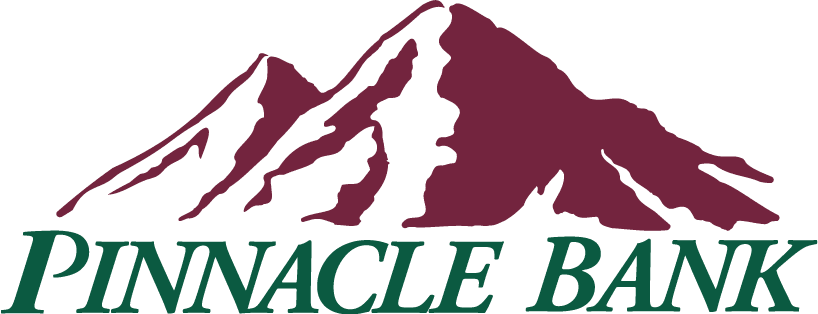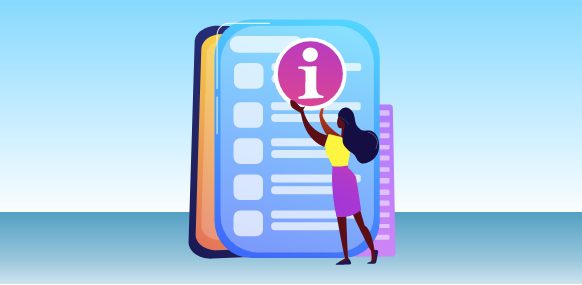An employee handbook gives your team a clear picture of your company’s guidelines, policies and expectations. And while you aren’t required to have an employee handbook, it’s an excellent way to communicate the ins and outs of your company and may help mitigate any legal issues you encounter.
An employee handbook gives clear guidelines of behavior that is expected and enforced at your company. It allows you to share your company’s vision, mission and general code of conduct with your employees from day one. A good employee handbook is a living, breathing document that your employees regularly reference—anything they want to know about working at your company should reside in the handbook.
What should you include in an employee handbook?
The following are six essential elements you should consider including in your employee handbook:
Company Overview.
Share how your company was founded and clearly define your mission, vision and purpose for being a company. You should also discuss which values you use as guiding principles to make decisions.
Employee Compensation, Benefits and Perks.
Explain how employees will be compensated—from payment frequency to available paycheck options (such as checks or direct deposit) to alternative compensation (bonuses or commission). Next, define your overtime policy (if applicable) and clearly explain what benefits (including insurance) your company offers. Finally, discuss any perks employees get from working at your company, which may include flexible schedules, remote work options, education reimbursement, a company car or cell phone and more.
Code of Conduct.
Thoroughly describe the conduct you deem acceptable at your company—how you expect employees to handle themselves while at work. Be as specific as you can, including such things as customer service, dress code, phone, computer and Internet use during work hours, breaks and rest periods, customer privacy, substance abuse, smoking guidelines, conflict resolution and more. Share what the expectation is and what disciplinary procedures are in place relating to each code of conduct violation.
Anti-Discrimination and Equal Opportunity Policies.
The law requires that you explicitly state how your company adheres to anti-discrimination and equal employment opportunity laws for hiring and promoting employees (under the Equal Employment Opportunity Commission or EEOC). Additionally, it would be best if you address your compliance with the Immigration and Nationality Act (INA), which prohibits unfair hiring, firing, promotion and recruitment practices related to an employee’s citizenship status, national origin and eligibility verification process.
Family and Medical Leave Policies.
If more than 50 employees work for your company, you should have a Family and Medical Leave Act (FMLA) policy in place and clearly outline it in your handbook. For more information, check out the FMLA Employer’s Guide or talk to your attorney or Human Resources consultant.
Workplace Safety and Security.
Clearly outline what steps you take to ensure a safe work environment at your company, whether physical or non-physical. And make sure you understand workers’ compensation rules and procedures to help your employees better should the need arise.
While this is not an exhaustive list of what to include in your employee handbook, it will give you a good start. Be sure to work with your attorney or a Human Resources consultant to help create a handbook that will clearly explain your company rules and guidelines to employees and protect you and your company from legal issues. Additionally, ask your employees to read and acknowledge receipt of the handbook annually to ensure they understand your company standards, which will further protect your company.







